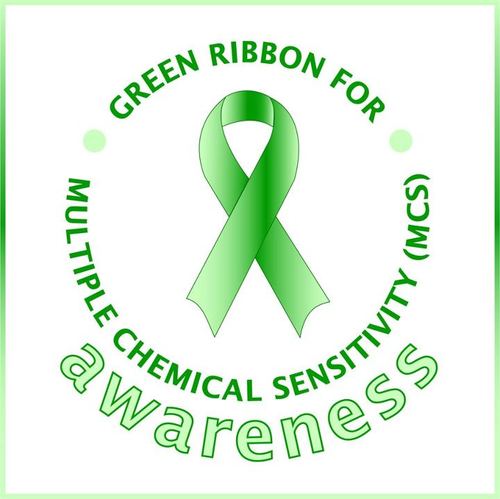
Multiple Chemical Sensitivities Syndrome (MCSS)
Question: What is it and What is Known About MCSS?
Answer: Actually, the preferred medical term is Idiopathic Environmental Intolerance (IEI), which can be defined as a “chronic, recurring disease caused by a person’s inability to tolerate an environmental chemical or class of foreign chemicals.”
IEI thus represents a complex gene-environment interaction, the true cause of which is currently unknown. There is almost always a precipitating event, usually associated with the smell of a chemical, and a response involving one or more organ systems. Once the imitating event has passed, the same response or even an exaggerated occurs each time the stimulus is encountered again. Often the initiating stimulus is a higher dose or an overwhelming dose, but subsequently much lower doses can trigger the symptoms. A number of unrelated chemicals (e.g. insecticides, antiseptic cleaning agents) might precipitate the same response. Because the syndrome is similar to certain allergic conditions and to certain organ-system responses caused by emotional disturbances, IEI has often been confused with allergy (atopy) or psychiatric illness. Disagreement among physicians and medical researchers – as to what IEI really is – has, of course, made research funding difficult (“is this a real syndrome, or is this a mental problem or a simple allergy?”) In fact, in an environmental health sciences meeting in Brisbane, Australia, several years ago, there was an old-fashioned debate on MCSS, and the proponents who believed that it was simply a psychiatric disorder won the debate!
Six criteria of IEI
Several years ago a committee of experts in thie field decided upon a consensus as to what “qualifies” the patient as truly having IEI [Arch Environ Health 1999; 54: 147]. Six criteria were decided upon:
- Symptoms are reproducible with repeated (chemical) exposures.
- The condition is chronic.
- Low levels of exposure (lower than previously or commonly tolerated) result in manifestations of the syndrome (i.e. increased sensitivity).
- The symptoms improve, or resolve completely, when the triggering chemicals are removed.
- Responses often occur to multiple chemically-unrelated substances.
- Symptoms involve multiple-organ symptoms (runny nose, itchy eyes, headache, scratchy throat, ear ache, scalp pain, mental confusion or sleepiness, palpitations of the heart, upset stomach, nausea and/or diarrhea, abdominal cramping, aching joints).
For More Information Visit: http://web.archive.org/web/20070516181511/http://www.niehs.nih.gov/external/faq/mcss.htm

